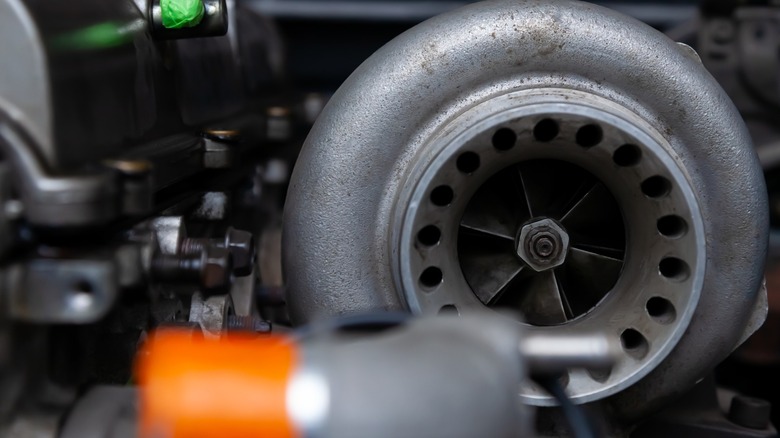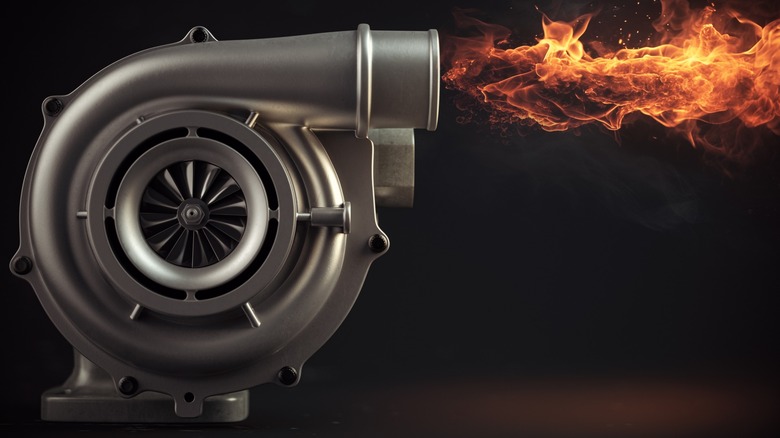How Long Do Turbochargers Need To Warm Up After You Start Your Car?
As emissions standards tighten and fuel efficiency becomes more important, turbochargers have gone from a niche performance upgrade for gear heads to a common feature in everyday vehicles. Once reserved for sports cars and diesels, turbos are now found in pretty much every engine bay because they help smaller internal combustion engines deliver more power without the extra inefficiency and baggage that comes with more displacement.
While it's definitely an overall net positive, having a turbocharged car might still require some getting used to for some people since it comes with some slightly new changes to your maintenance and driving habits. One of them is that you need to let the turbo warm up properly after a cold start. You might already know all about waiting for your car to reach proper operating temperatures (especially in the winter) before putting the gear in Drive, but the turbocharger is a lot more sensitive than that. It might be tempting to floor it when you think the car is warm enough, but doing so can be rough on the turbo. The question, though, remains: how long should you sit there, waiting for the turbo to warm up? How soon is too soon?
How long should you wait before driving a turbocharged vehicle?
The good news is that you don't have to literally sit there, waiting for the turbocharger to get hot enough. After your initial warmup time of about one minute — even in cold temperatures — you can actually start driving. At that point, the engine and other vital components (apart from the turbocharger) should be fully lubricated and at operating temperature.
However, you should follow this up with about 5 to 10 minutes of light driving before making any major performance demands on your turbocharger. The reason is that, unlike other parts of your engine, a turbocharger relies on more than oil flow; they need a consistent flow of hot, pressurized exhaust gases to spin the turbine and generate boost. Even after the turbo spools, jumping into boost too early can starve the bearings of quality lubrication and shorten its life.

